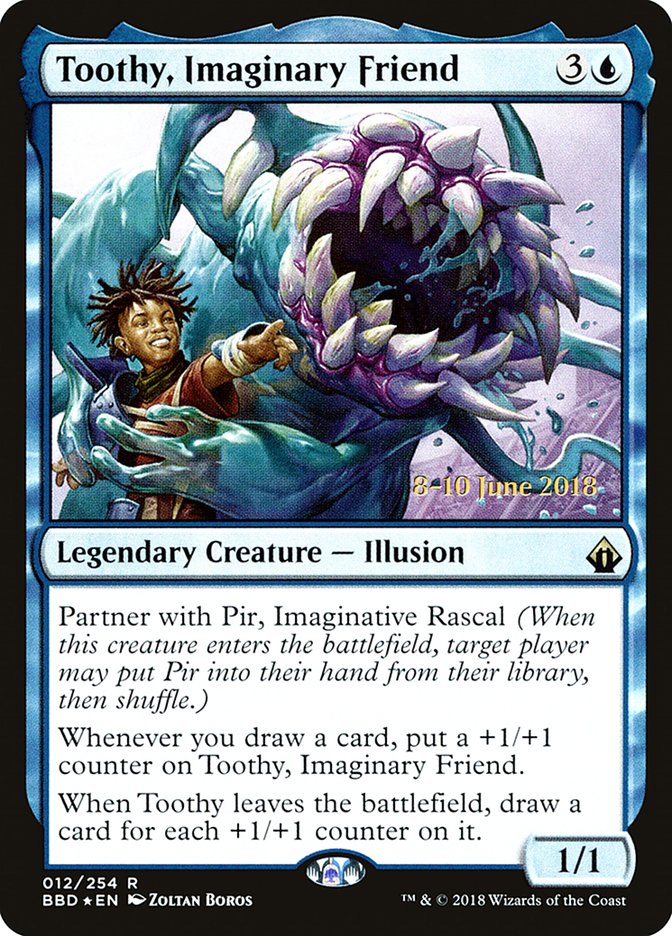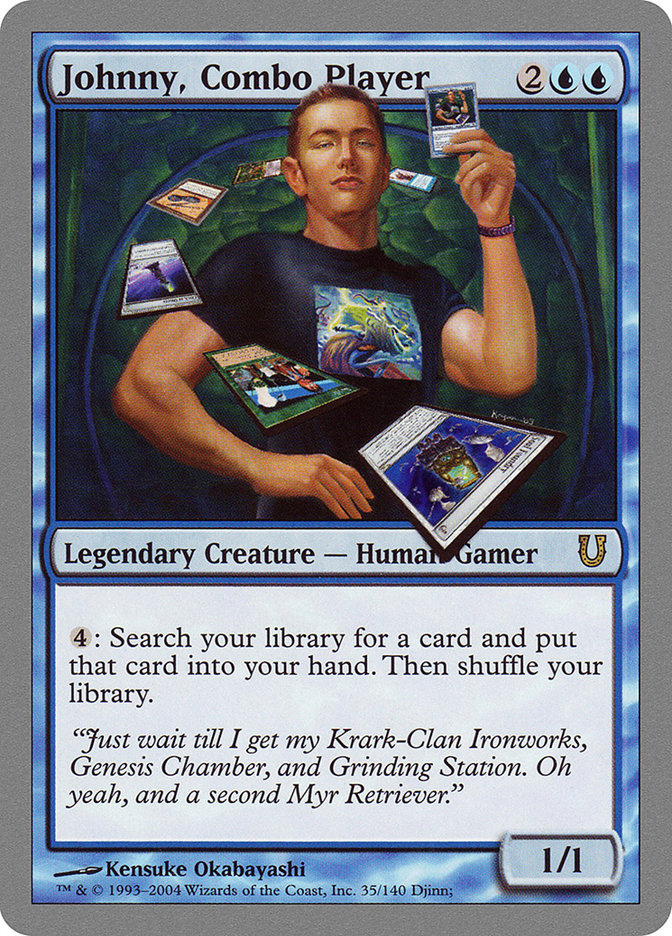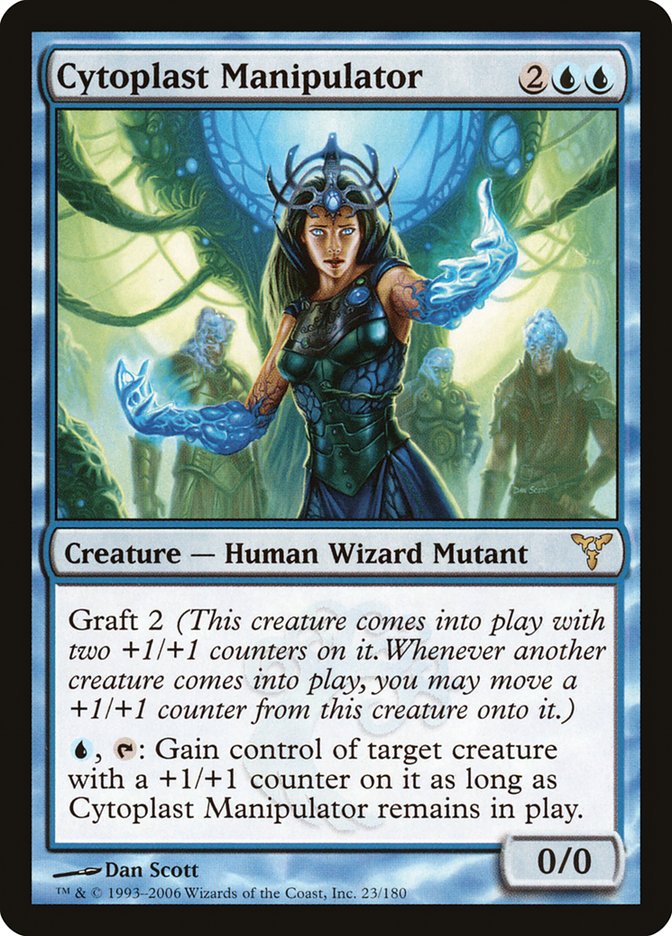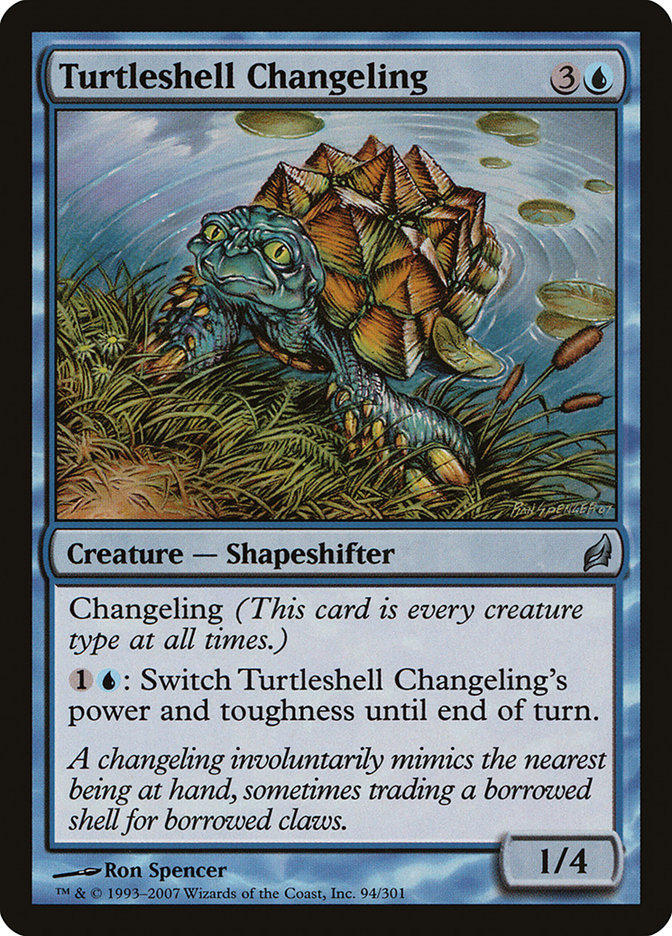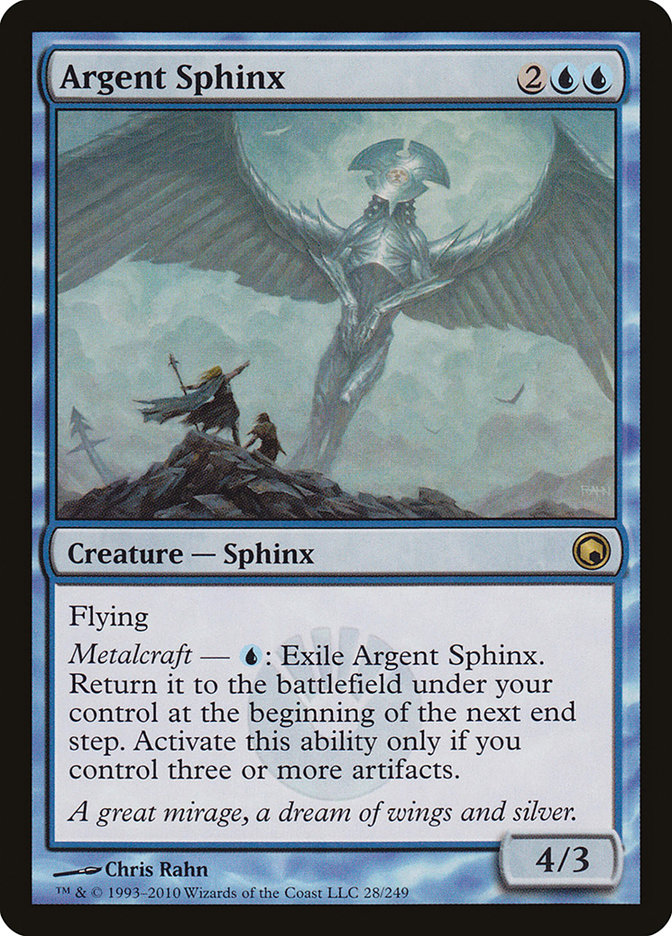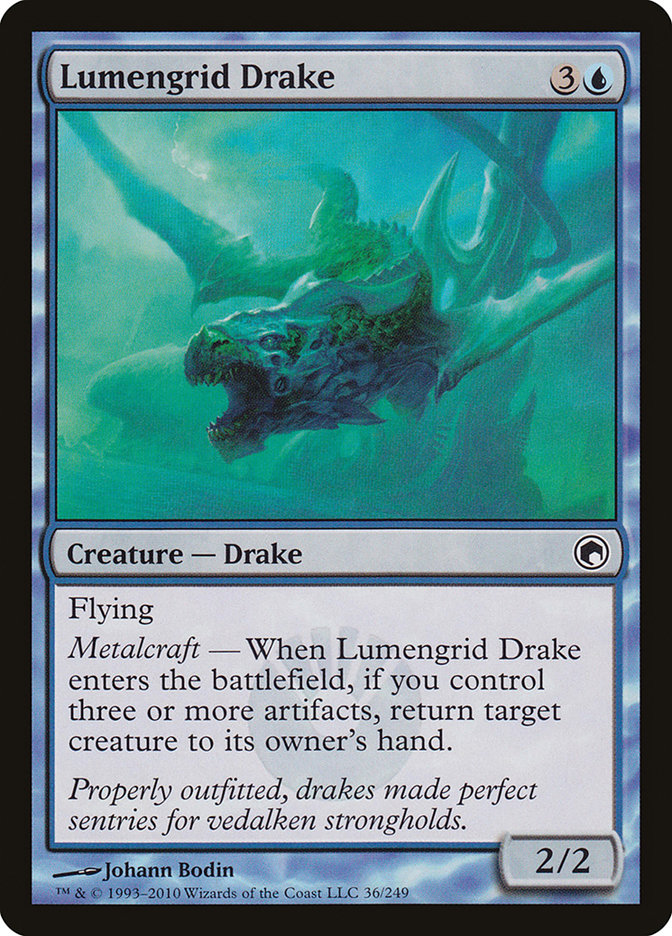Toothy, Imaginary Friend MTG Card
| Card sets | Released in 3 setsSee all |
| Mana cost | |
| Converted mana cost | 4 |
| Rarity | Rare |
| Type | Legendary Creature — Illusion |
| Abilities | Partner,Partner with |
| Power | 1 |
| Toughness | 1 |
Text of card
Partner with Pir, Imaginative Rascal (When this creature enters the battlefield, target player may put Pir into their hand from their library, then shuffle.) Whenever you draw a card, put a +1/+1 counter on Toothy, Imaginary Friend. When Toothy leaves the battlefield, draw a card for each +1/+1 counter on it.
Cards like Toothy, Imaginary Friend
Toothy, Imaginary Friend is a unique creature card in the world of Magic: The Gathering that has an intriguing interaction with card drawing mechanics. It draws an immediate parallel with cards such as Chasm Skulker. Both cards gain a +1/+1 counter whenever you draw a card. While Chasm Skulker releases a myriad of Squid tokens upon death relative to the number of +1/+1 counters, Toothy offers a more immediate advantage by letting you draw a card for each counter on it when it leaves the battlefield.
Ludevic’s Test Subject is another card that can be likened to Toothy given its counter-based growing mechanic. The Test Subject transforms into a massive creature once enough counters are placed, but does not interact with the card drawing theme that Toothy emphasizes. Consecrated Sphinx stands out as a potent drawing engine like Toothy, but rather than a risk-reward setup dependent on counters and board presence, the Sphinx has a persistent ability that triggers during each opponent’s draw phase.
Analyzing these comparisons, Toothy, Imaginary Friend emerges as a formidable option for commander decks that thrive on draw power and presents a resilient threat that can lead to a significant card advantage.
Cards similar to Toothy, Imaginary Friend by color, type and mana cost
Card Pros
Card Advantage: Toothy Imaginary Friend rewards players for drawing cards by getting a +1/+1 counter for each card drawn, which can quickly turn Toothy into a formidable threat on the battlefield.
Resource Acceleration: As a partner commander in games of Commander, Toothy can help you cast high-cost spells sooner by providing an additional card draw mechanism, ensuring you don’t run out of steam mid to late game.
Instant Speed: Toothy’s ability works at instant speed, meaning any card draw effect, regardless of when it occurs, contributes to its growth, allowing you to optimally time your plays and interact with the board on either player’s turn.
Card Cons
Discard Requirement: Toothy, Imaginary Friend, when part of a pair, may obligate you to discard another creature if targeted by certain spells or abilities that exchange control, potentially depleting your hand.
Specific Mana Cost: Toothy requires both blue and colorless mana, which demands a dedicated color base and could restrict deck-building options, especially in multicolor decks that already strain their mana base.
Comparatively High Mana Cost: Toothy’s initial casting cost is quite hefty relative to other options available at four mana, particularly in formats where tempo plays a crucial role.
Reasons to Include in Your Collection
Versatility: Toothy, Imaginary Friend provides a unique dynamic as it can adapt to numerous deck themes. Its ability to accumulate +1/+1 counters not just from drawing cards but also from various counter manipulations makes it a powerful addition in decks that synergize around counters or card draw.
Combo Potential: When paired with cards that facilitate drawing, Toothy can become a formidable force, growing in power quickly. Furthermore, when it leaves the field, you draw cards equal to the number of counters on it, enabling potential combos with laboratory maniacs or other draw-related win conditions.
Meta-Relevance: In environments where card advantage is crucial, Toothy, Imaginary Friend can provide a constant threat that necessitates a response. Its relevance in the current meta lies in its dual role as both a pressure element and a draw engine, especially in Simic decks that capitalize on +1/+1 counters and card advantage strategies.
How to beat
Toothy, Imaginary Friend presents a growing threat in Magic: The Gathering as its power and toughness increase with each card you draw. To effectively challenge this creature, one must negate the card draw strategy it thrives on or remove it before it becomes too large to handle. Cards like Thoughtseize can disrupt an opponent’s hand early on, while removal spells such as Path to Exile or Terminate can take care of Toothy regardless of its size.
Alternatively, countering the card advantage Toothy seeks to provide with Narset, Parter of Veils can prove crippling for an opponent betting on draw mechanics. Exiling Toothy is a more permanent solution than destroying it, since it bypasses its leave-the-battlefield ability, denying the card draw reward. Consider running instant-speed interaction to address Toothy the moment it hits the table, keeping the game in your favor.
Remember, once Toothy’s controller starts accumulating a card advantage, the game can quickly slip away. Maintaining control over the board and denying draw opportunities are key to ensure Toothy, Imaginary Friend doesn’t turn the tides against you.
BurnMana Recommendations
Mastering your deck’s synergy and strategy is paramount in the world of MTG. With Toothy, Imaginary Friend, you’re not just adding a powerful card to your collection; you’re embracing an engine that drives card advantage and cumulative power. Keep refining those strategies, whether it’s optimizing card draw, exploiting +1/+1 counters, or seeking the perfect partner commanders to elevate your game. Join us at BurnMana as we dive deeper, unraveling tactics that can transform your gameplay. Toothy isn’t just a card, it’s a gateway to a deeper understanding of Magic. Are you ready to expand your MTG horizons? Visit us to enhance your deck’s potential and command the battlefield.
Where to buy
If you're looking to purchase Toothy, Imaginary Friend MTG card by a specific set like Battlebond Promos and Battlebond, there are several reliable options to consider. One of the primary sources is your local game store, where you can often find booster packs, individual cards, and preconstructed decks from current and some past sets. They often offer the added benefit of a community where you can trade with other players.
For a broader inventory, particularly of older sets, online marketplaces like TCGPlayer, Card Kingdom and Card Market offer extensive selections and allow you to search for cards from specific sets. Larger e-commerce platforms like eBay and Amazon also have listings from various sellers, which can be a good place to look for sealed product and rare finds.
Additionally, Magic’s official site often has a store locator and retailer lists for finding Wizards of the Coast licensed products. Remember to check for authenticity and the condition of the cards when purchasing, especially from individual sellers on larger marketplaces.
Below is a list of some store websites where you can buy the Toothy, Imaginary Friend and other MTG cards:
 BUY NOW
BUY NOW BurnMana is an official partner of TCGPlayer
- eBay
- Card Kingdom
- Card Market
- Star City Games
- CoolStuffInc
- MTG Mint Card
- Hareruya
- Troll and Toad
- ABU Games
- Card Hoarder Magic Online
- MTGO Traders Magic Online
See MTG Products
Printings
The Toothy, Imaginary Friend Magic the Gathering card was released in 3 different sets between 2018-06-08 and 2019-12-02. Illustrated by 2 different artists.
| # | Released | Name | Code | Symbol | Number | Frame | Layout | Border | Artist |
|---|---|---|---|---|---|---|---|---|---|
| 1 | 2018-06-08 | Battlebond Promos | PBBD | 12s | 2015 | Normal | Black | Zoltan Boros | |
| 2 | 2018-06-08 | Battlebond | BBD | 12 | 2015 | Normal | Black | Zoltan Boros | |
| 3 | Secret Lair Drop | SLD | 1049 | 2015 | Normal | Borderless | Jeannie L Paske |
Legalities
Magic the Gathering formats where Toothy, Imaginary Friend has restrictions
| Format | Legality |
|---|---|
| Commander | Legal |
| Legacy | Legal |
| Oathbreaker | Legal |
| Vintage | Legal |
| Duel | Legal |
Rules and information
The reference guide for Magic: The Gathering Toothy, Imaginary Friend card rulings provides official rulings, any errata issued, as well as a record of all the functional modifications that have occurred.
| Date | Text |
|---|---|
| 2018-06-08 | An effect that checks whether you control your commander is satisfied if you control one or both of your two commanders. |
| 2018-06-08 | Both commanders start in the command zone, and the remaining 98 cards of your deck are shuffled to become your library. |
| 2018-06-08 | If a permanent your team controls would enter the battlefield with one or more counters of any kind on it, it enters with that many plus one instead. |
| 2018-06-08 | If a spell or ability causes you to put cards in your hand without specifically using the word “draw,” Toothy’s middle ability won’t trigger. |
| 2018-06-08 | If an effect includes multiple instructions to put one or more counters on a permanent, such as Lifecrafter’s Gift does, Pir’s effect applies to each of those instructions. |
| 2018-06-08 | If enough -1/-1 counters are put on Toothy at the same time to make its toughness 0 or less, the number of +1/+1 counters on it before it got any -1/-1 counters will be used to determine how many cards you draw. For example, if there are two +1/+1 counters on Toothy and it gets three -1/-1 counters, you’ll draw two cards. |
| 2018-06-08 | If you draw multiple cards, Toothy’s middle ability triggers that many times. If your team also controls Pir, each of those resolving triggered abilities puts two +1/+1 counters on Toothy. |
| 2018-06-08 | If your Commander deck has two commanders, you can only include cards whose own color identities are also found in your commanders’ combined color identities. If Khorvath and Sylvia are your commanders, your deck may contain cards with red and/or white in their color identity, but not blue, black, or green. |
| 2018-06-08 | Note that the target player searches their library (which may be affected by effects such as that of Stranglehold) and that the card they find is revealed, even though these words aren’t included in the ability’s reminder text. |
| 2018-06-08 | Once the game begins, your two commanders are tracked separately. If you cast one, you won’t have to pay an additional the first time you cast the other. A player loses the game after having been dealt 21 damage from one of them, not from both of them combined. Command Beacon’s effect puts one into your hand from the command zone, not both. |
| 2018-06-08 | Pir’s effect can’t apply to itself as it’s entering the battlefield or to any other permanent entering the battlefield at the same time as it. |
| 2018-06-08 | The second ability represented by the “partner with -ame]” keyword modifies the rules for deck construction in the Commander variant and has no function outside of that variant. If a legendary creature card with “partner with -ame]” is designated as your commander, the named legendary creature card can also be designated as your commander. For more information on the Commander variant, please visit Wizards.com/Commander. |
| 2018-06-08 | The triggered ability of the “partner with” keyword still triggers in a Commander game. If your other commander has somehow ended up in your library, you can find it. You can also target another player who might have that card in their library. |
| 2018-06-08 | To have two commanders, both must have the partner ability (featured in the Magic: The Gathering—Commander™ (2016 Edition) set) or corresponding “partner with” abilities as the game begins. A creature with a “partner with” ability can’t partner with any creature other than its designated partner. Losing a partner ability during the game doesn’t cause either to cease to be your commander. |
| 2018-06-08 | “Partner with -ame]” represents two abilities. The first is a triggered ability: “When this permanent enters the battlefield, target player may search their library for a card named -ame], reveal it, put it into their hand, then shuffle their library.” |
